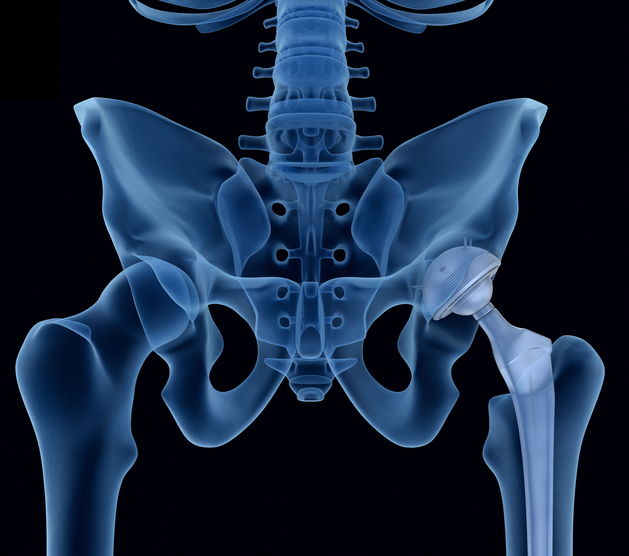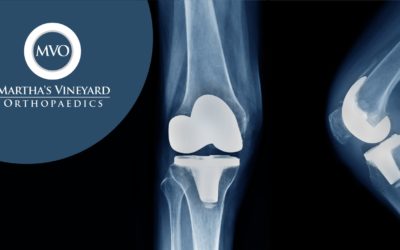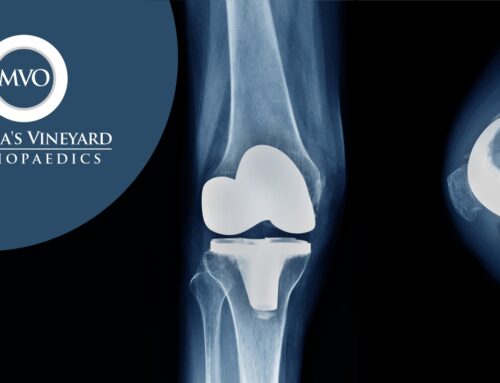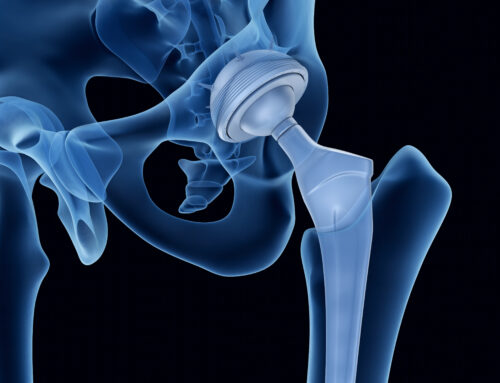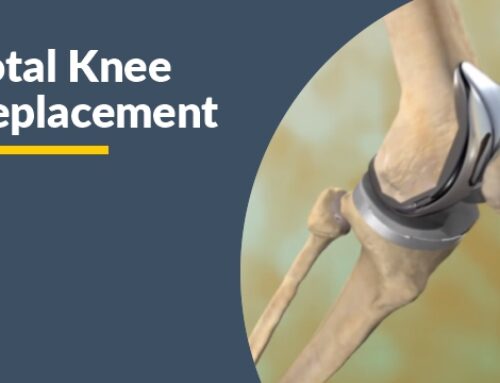What is the mini–posterolateral total hip replacement?
The mini–posterolateral approach is a technique that allows the surgeon to perform total hip replacement through a relatively small incision, and without cutting the important abductor muscles that are so critical to hip stability and walking. As a result, with successful surgery, patients may put their full weight on the operated leg immediately after surgery.
Why would a doctor recommend this approach?
This surgical approach is the most common modern technique used to perform total hip replacement. This technique is equivalent to the direct anterior total hip replacement with regard to patient outcomes (pain relief and functional restoration) while having a lower nerve injury or bone fracture complication rate compared to the direct anterior approach.
What does mini posterolateral total hip replacement involve??
Using the mini posterolateral approach, hip replacement can be performed through an incision measuring 3 to 5 inches in most patients. Individuals who are very muscular, obese, or have severe deformity of the hip joint may not be candidates for hip replacement using this technique.
How long is the recovery after a mini–posterolateral total hip replacement?
At first, crutches or a walker are needed for balance but within a few days or weeks patients may start using a cane. By the time patients return to the clinic for their 2 week checkup, most are walking with only a cane.
WHAT ARE THE BENEFITS TO THE
Mini-Posterolateral Total Hip Replacement Approach
May allow accelerated recovery time because key muscles are not detached during the operation.
Potential for fewer restrictions during the first 6-12 weeks of recovery.
May allow reduced scarring because the technique allows for one relatively small incision.
Since the incision is on the front side of the leg, the patient may be spared from the pain of sitting on scar tissue.
Less risk of dislocation.
There may be less pain, meaning less pain medication.
Potential for earlier resumption of work, recreation and activities of daily living. This will need to be discussed with your doctor.
WHAT ARE THE RISKS TO HAVING HIP REPLACEMENT SURGERY?
Every surgical approach has risks and benefits. The performance of a hip replacement depends on age, weight, activity level and other factors. There are potential risks, and recovery takes time.

